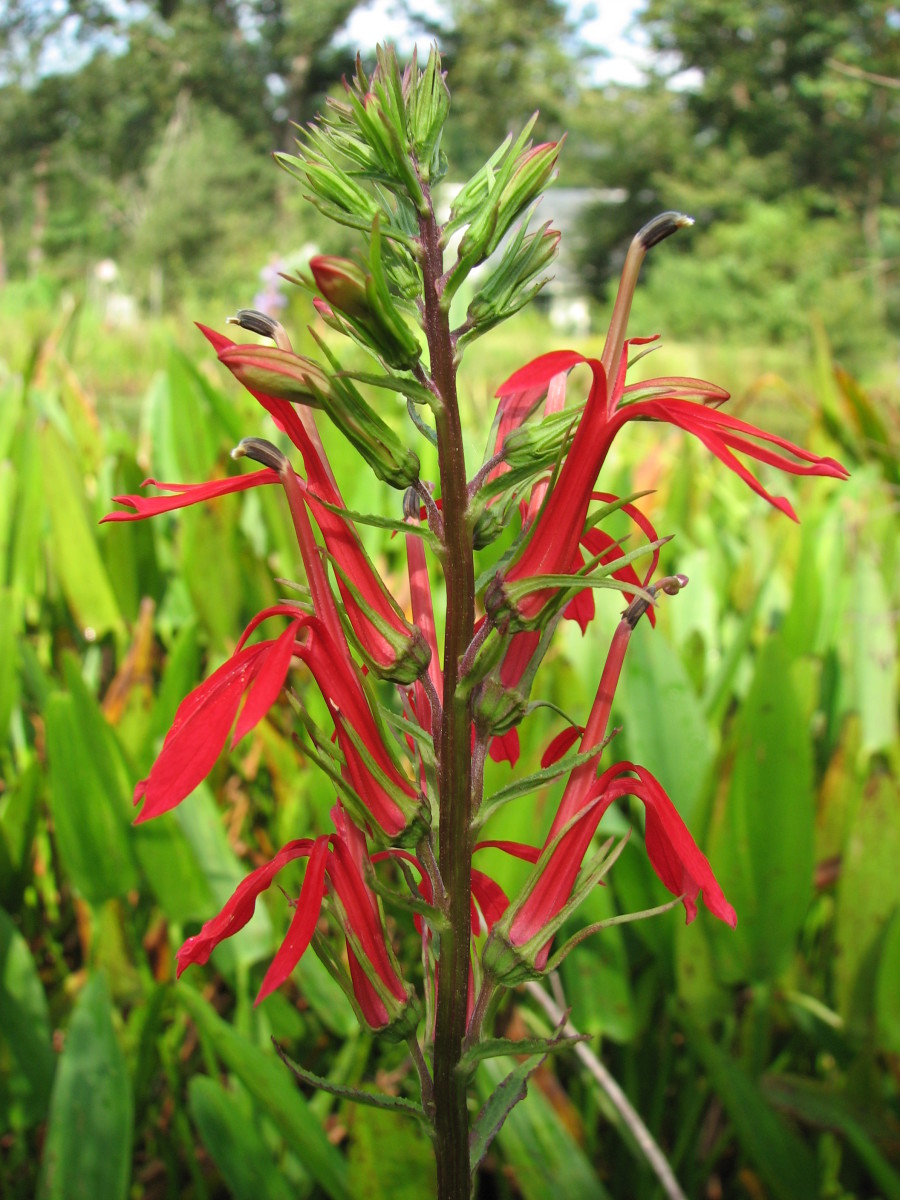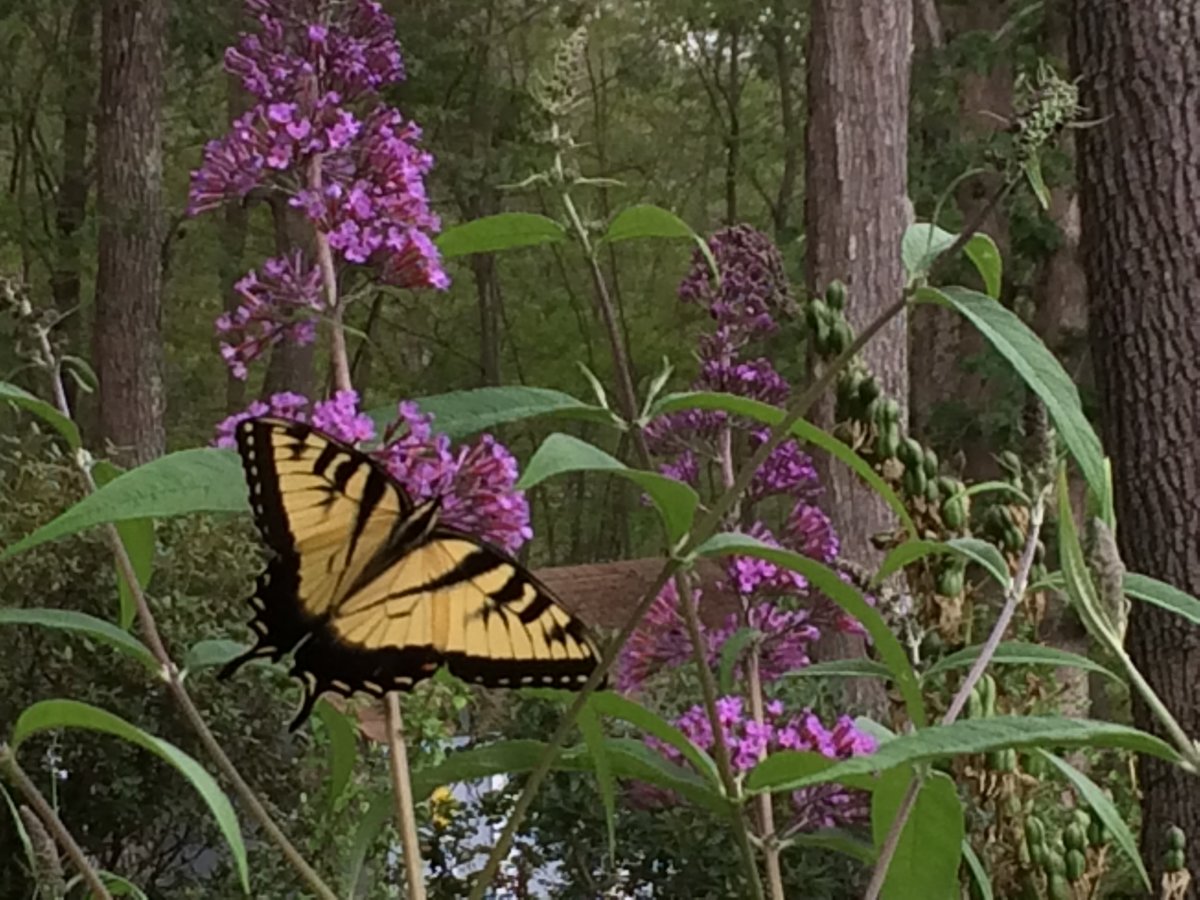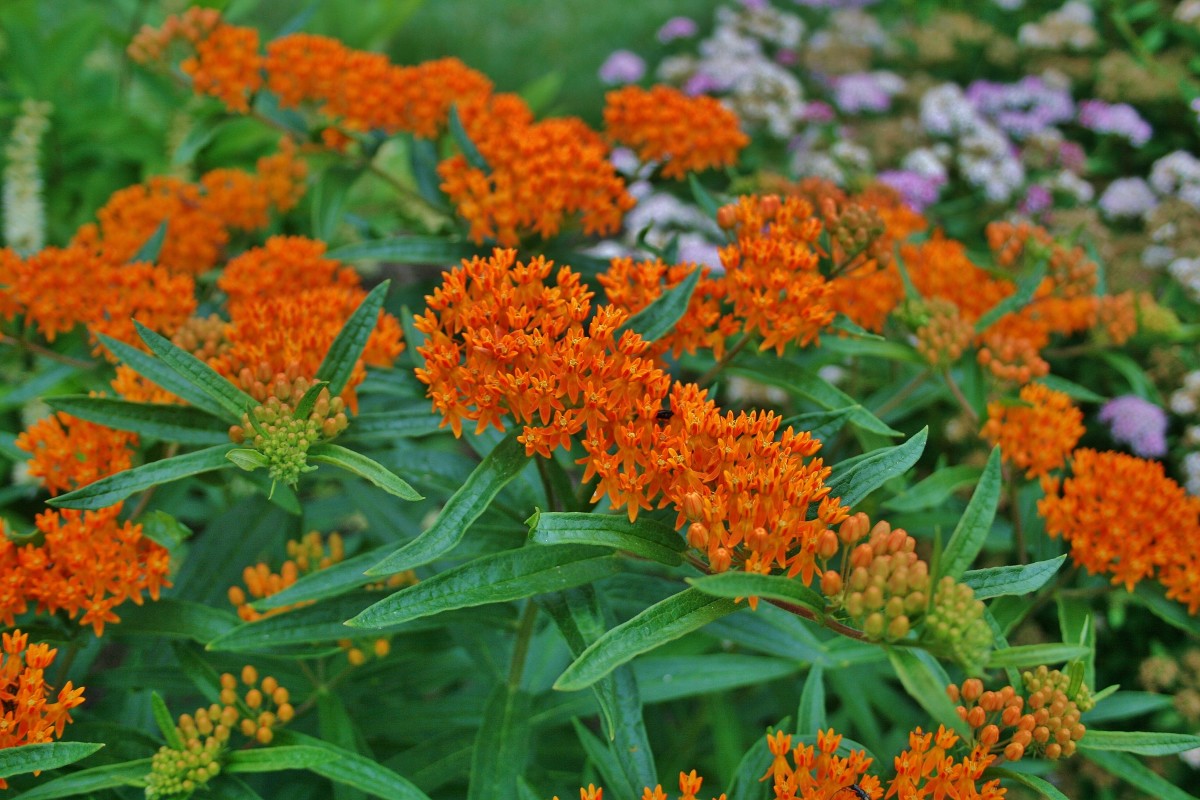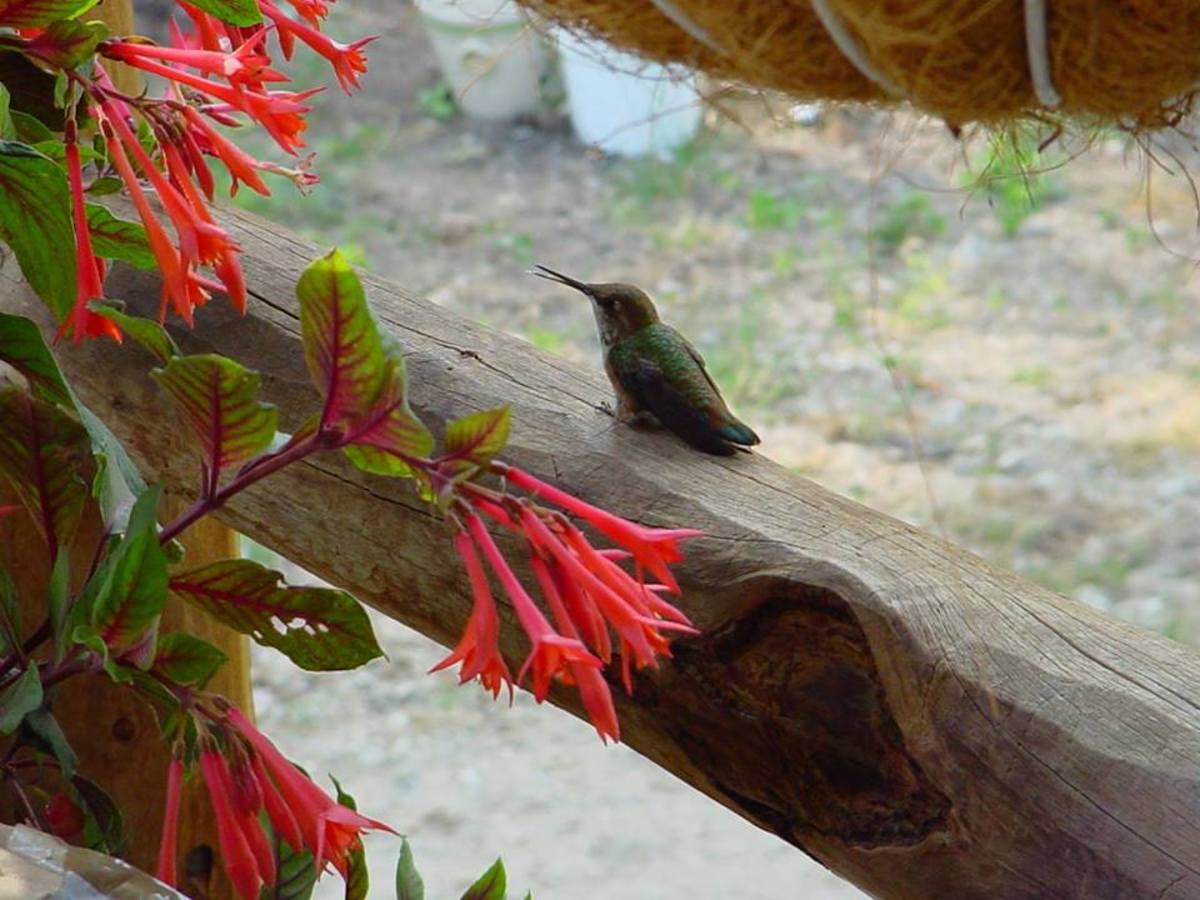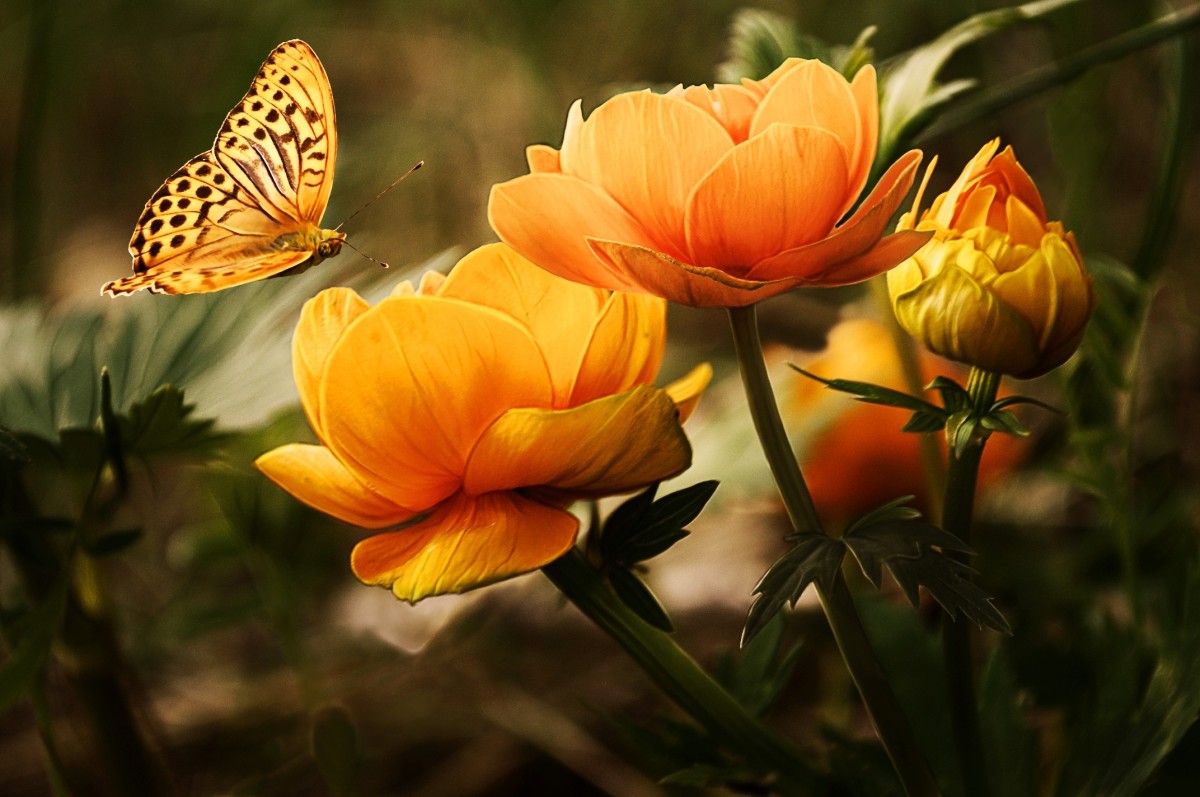Pollinators
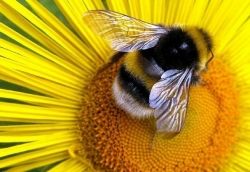
A Little Tribute to Nature's Army of Pollinators
Busy little bees, lady bugs, butterflies, hummingbirds. You see them flitting from one blossom to the next. We all know what they're doing - pollinating! But it's one of those automatic systems nature has in place that we take entirely for granted. This lens was inspired by a challenge, the strikingly beautiful photo of a bumblebee at work, and my own curiosity to learn more about nature's many pollinators. Did you know that bats are major pollinators? I didn't. That led me to think there are many more things I don't know about the magnificent pollination process going on all around us and all around the world.
Photo: Naples News
The Pollinators
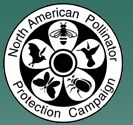
North American Pollinator Protections Campaign
Showcasing the World's Five Most Prominent Pollinators
The NAPPC Logo showcases the five most prominent pollinators: bees, butterflies, hummingbirds, ladybugs and bats, which are only representatives of the many varieties of their species involved in pollination. For me it was a starting place to learn about the major pollinators of the world. As I delved deeper into the subject, I even changed my attitude about some creepy crawlers that I felt didn't have much of a useful purpose other than to make some of us feel uncomfortable.
NAPPC Logo: NAPPC
Pollinator Poster
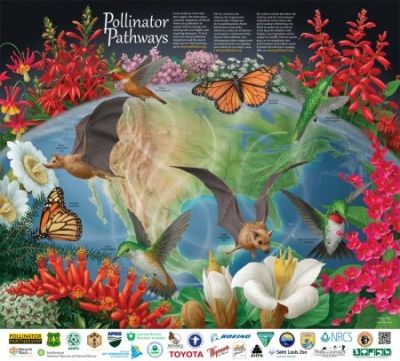
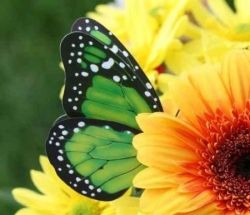
Butterfly Pollinators
Beautiful, Graceful, Elegant
Butterflies flutter and float, carrying pollen on their legs. They travel long distances and their job is to pollinate over larger areas. They also live relatively long insect lives. Their long legs can reach down into flowers, but can only hold small amounts of pollen.
Butterfly Pollinators
Learn About Butterflies
Butterflies of the World
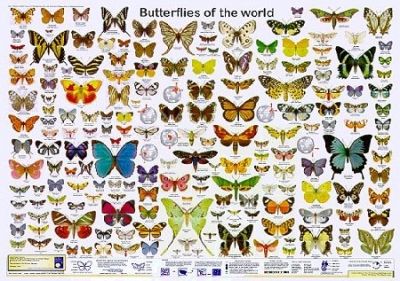
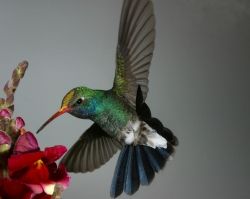
Hummingbird Pollinators
Amazing Powerhouses
Nature seemed to design hummingbirds with specific features to pollinate specific plants and flowers. Their long bills are custom made sipping straws to reach deep down into flowers harder to reach for other pollinators. Their unique ability to hover gives them the the combined capabilities of bees and butterflies when traveling from plant to plant.
Photo: soulseasons
Hummingbird Pollinators
Learn About Hummingbirds
Hummingbirds of North America
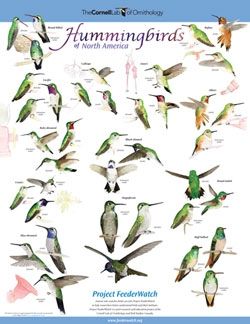
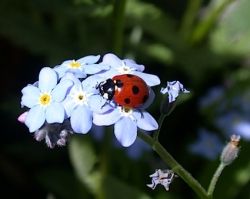
Ladybug Pollinators
Cute as a Bug!
Ladybugs serve an important dual purpose in pollinating plants. They eat more pollen than they transfer, so they are suited for pollinating plants that produce a lot of pollen. They also eat plant-damaging insects. Since they are clumsy, they are more suited to wide, open flowers.
Photo: cityfarmer
Ladybug Pollinators
Learn About Ladybugs
Ladybug Chart
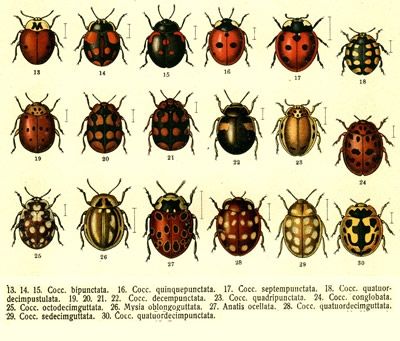
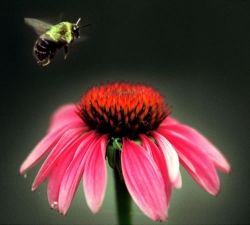
Bee Pollinators
Busy and Organized
Bees are considered the most important and well-known of the pollinators. As they seek nectar to nourish their young, they go from one blossom to another in order to gather enough. In this way they naturally carry pollen from plant to plant. They usually pollinate plants within a small area, although they can cover up to a five-mile radius.
Photo: slyvanveterinary
Bee Pollinators
Learn About Bees
Native Bee Pollinator Poster
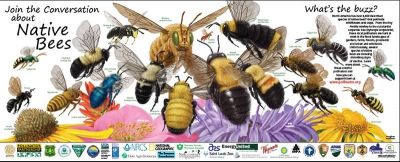
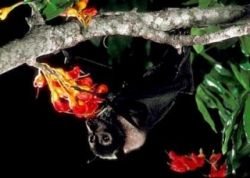
Bat Pollinators
Who knew?
Bats tend to pollinate larger more exotic blooms, which makes sense since bats are larger pollinators. Bat-pollinated flowers have more nectar to feed the bats. Blooms also tend to be open at night, which also makes sense.
Photo: batcon
Learn About Bats
Bats of the Western United States
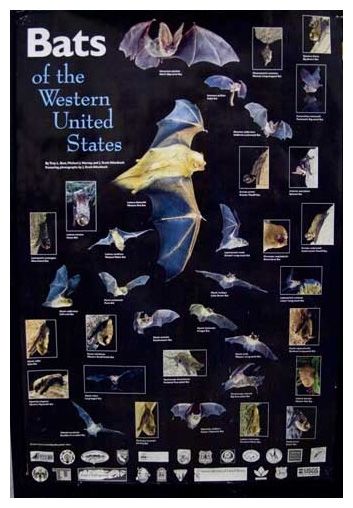
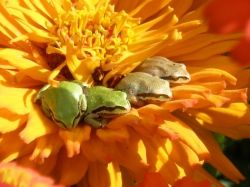
Other Pollinators
Out of Sight and Out of Mind
My apologies to the lesser known or not as photogenic pollinators. You have to dig deeper to find them. They do not grace the covers of the books on the subject, but are certainly covered on the inner pages. It's fascinating to know that frogs, mice, lizards, flies and even humans are important pollinators of the world.
Photo: davesgarden
The Forgotten Pollinators
How Pollination Works
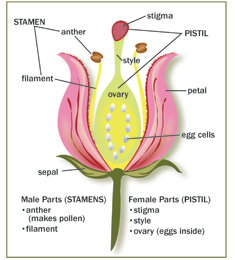
Photos used with permission are credited in individual modules. Every other photo on this lens resides in original form in my personal collection.

















